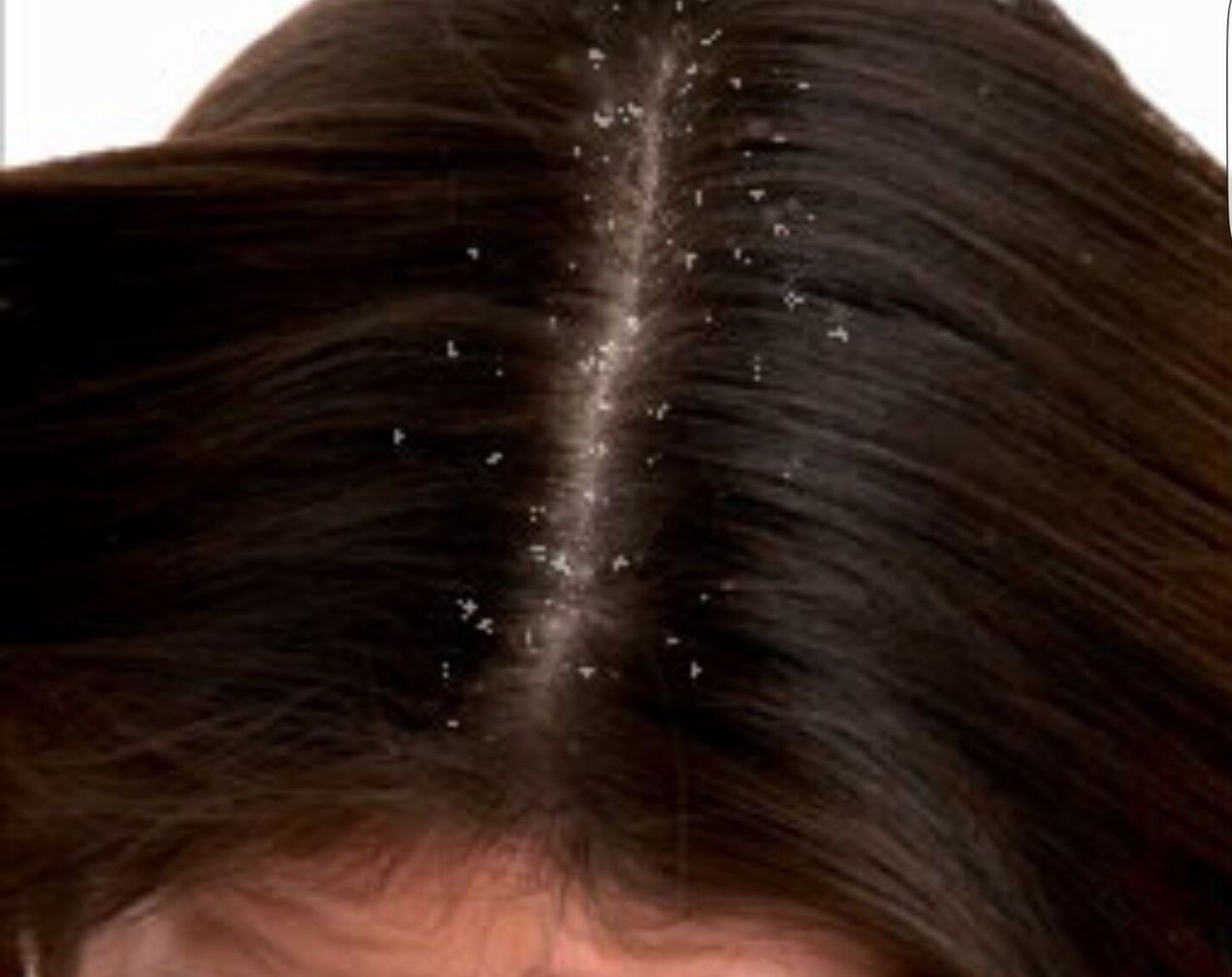
Treatment of dandruff, tinea versicolor, and seborrhoeic dermatitis with Domina Pharmaceuticals
|
Seborrheic dermatitis (including dandruff)
Dandruff is a mild form of seborrheic dermatitis. It is also common during infancy; this is called cradle cap which resolves by eight to 12 months of age.
Cause
The cause of seborrheic dermatitis is not completely clear. It is clear that an overgrowth of a normal skin fungus (yeast) occurs with this condition. It is not clear whether the fungus causes the flaking and redness or the increased flaking allows overgrowth of the fungus.
Symptoms
The symptoms of seborrheic dermatitis in adults include redness, greasy scaly patches, and itching of the affected skin.
Diagnosis
There is no specific test for diagnosing seborrheic dermatitis. The diagnosis is usually based upon a person's history and physical examination. In rare cases, a skin biopsy (removing a small sample of skin) may be necessary to confirm the diagnosis or rule out other conditions that mimic seborrheic dermatitis.
Treatment
Dandruff (seborrheic dermatitis of the scalp): Daily shampooing of the scalp with a medicated shampoo helps control scaling and pruritus. For best results, the shampoo should be left in place for a few minutes before rinsing. Antiproliferative and antimicrobial shampoos are both available .
Examples of antiproliferative shampoos include tar, selenium sulfide, and zinc pyrithione.
Shampoos containing the antifungal agents such as ketoconazole or ciclopirox are effective in the control of scalp seborrheic dermatitis .